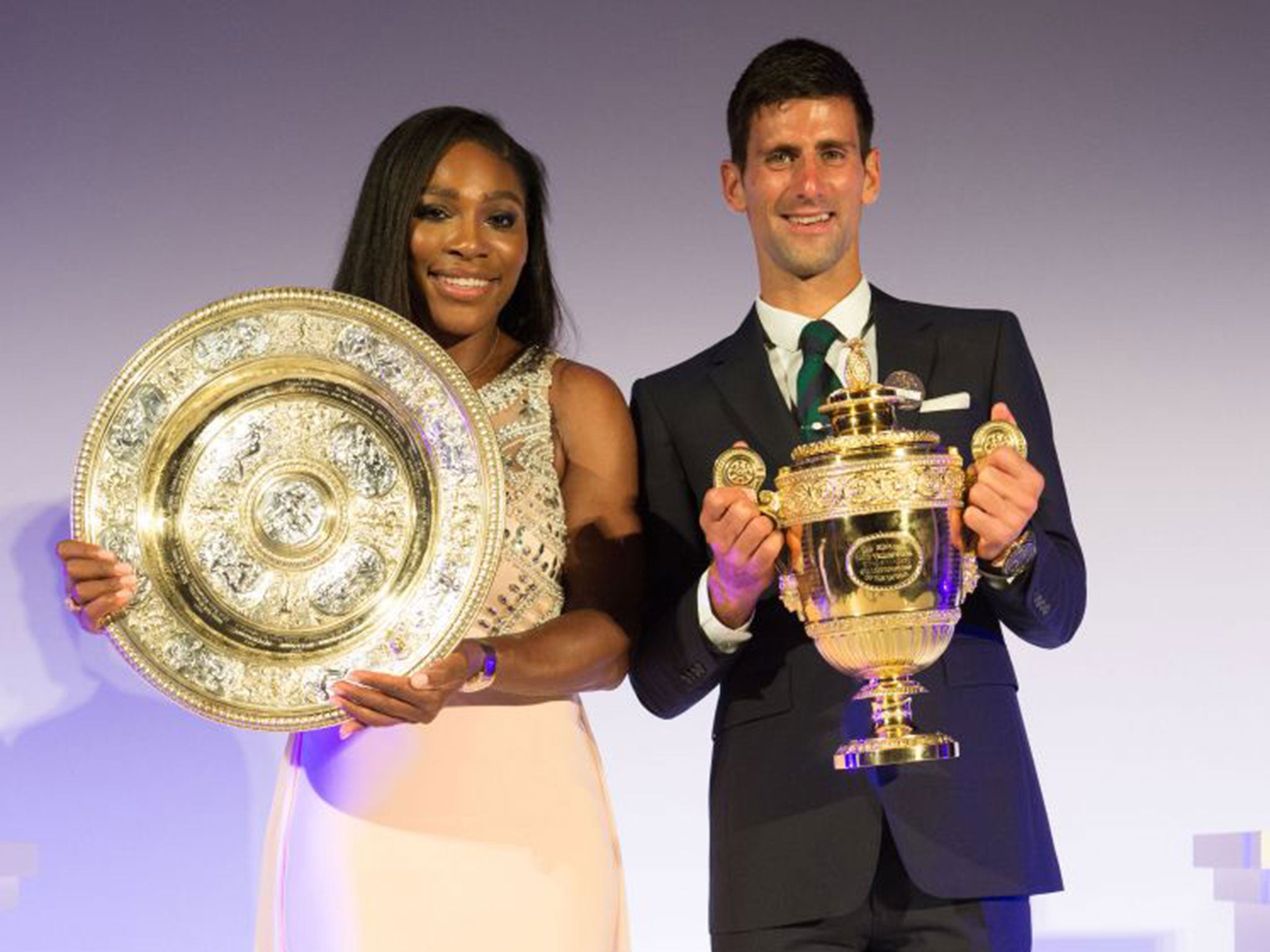Tennis's commitment to sexual equality must be cherished – not questioned
Not only has there usually been greater strength in depth in the men’s game, but also, for purely physical reasons, men generally hit the ball harder and run faster than their female counterparts

Your support helps us to tell the story
From reproductive rights to climate change to Big Tech, The Independent is on the ground when the story is developing. Whether it's investigating the financials of Elon Musk's pro-Trump PAC or producing our latest documentary, 'The A Word', which shines a light on the American women fighting for reproductive rights, we know how important it is to parse out the facts from the messaging.
At such a critical moment in US history, we need reporters on the ground. Your donation allows us to keep sending journalists to speak to both sides of the story.
The Independent is trusted by Americans across the entire political spectrum. And unlike many other quality news outlets, we choose not to lock Americans out of our reporting and analysis with paywalls. We believe quality journalism should be available to everyone, paid for by those who can afford it.
Your support makes all the difference.There is probably no other sport that has better served the cause of women’s rights than tennis. Thanks in large part to the years of campaigning by leaders like Billie Jean King, Martina Navratilova and Venus Williams, women players today compete, for the most part, on an equal footing with men.
Nowhere else do you see so many top professional sportsmen and women treated on equal terms as they compete alongside each other over the 10 or 11 months of the tennis year. At those tournaments which bring together men and women, prize-money is split down the middle and the two sexes are – mostly – given equal billing on the main show courts.
Most people within tennis are proud of those facts, though, inevitably, some dinosaurs survive. If Raymond Moore, the 69-year-old former player from South Africa who is now the chief executive of the Indian Wells tournament, had been the only person making his blinkered comments, claiming that women’s tennis was “riding on the coat-tails” of the men, the storm he whipped up at the Indian Wells tournament might have quickly blown over.
However, Novak Djokovic’s subsequent remarks about men deserving more prize-money than women will be viewed more seriously, given that the 28-year-old Serb is the undisputed world No 1.
Djokovic’s contention is based on the indisputable fact that men’s tennis is more popular than women’s tennis, in terms of television audiences in particular. For whatever reasons, this has generally been the case throughout the modern history of the sport. Not only has there usually been greater strength in depth in the men’s game, but also, for purely physical reasons, men generally hit the ball harder and run faster than their female counterparts, arguably making men’s tennis a more dynamic spectacle than the women’s game.
That, however, is in no way an argument in favour of men being paid more than women. When the world’s best male players are competing alongside the best female players and are playing the same sport with the same rules and with the same equipment, there should surely be no question, in these supposedly enlightened times, of men being paid more. As Navratilova put it succinctly: “I thought we settled that issue years ago.”
Tennis is a showcase for modern equality and one of the most visible and easily understandable activities in life in which men and women compete on equal terms. That is a status to be cherished, not one to be questioned.
As for the suggestion that men should be paid more at Grand Slam tournaments because they play over the best of five sets – compared with three sets for women – a more convincing argument could be made for reducing all men’s matches to three sets. Do modern-day tennis fans really want to watch matches that can last for five hours or more? If there is little appetite for five-set women’s matches, there is also a growing feeling that the length of some men’s matches could actually be a disincentive for spectators.
Join our commenting forum
Join thought-provoking conversations, follow other Independent readers and see their replies
Comments